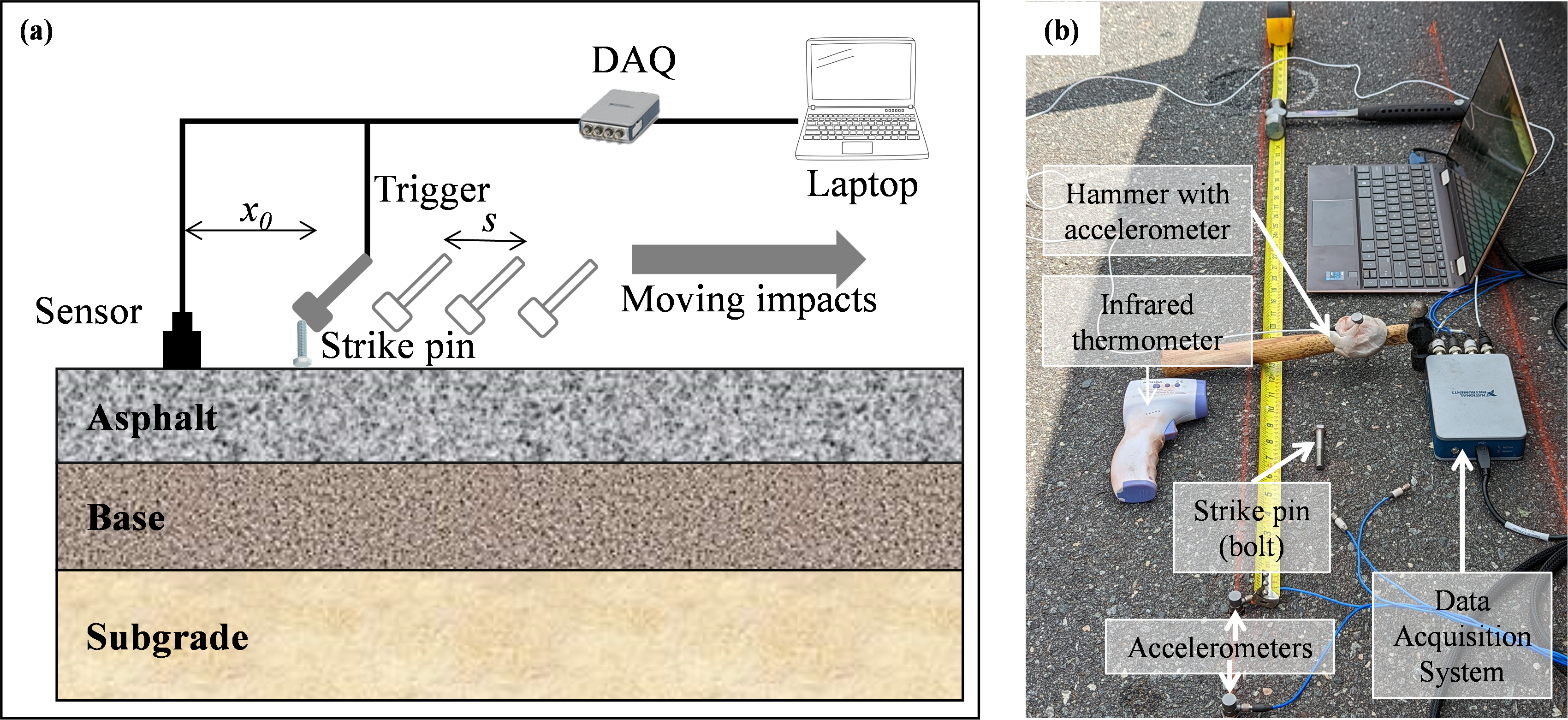The North Carolina Department of Transportation (NCDOT) currently uses either flexible or rigid pavement designs. The aim of this project was to evaluate the feasibility of a third design, inverted pavements, which derive their structural capacity from a highly confined unbound aggregate base layer. Inverted pavements have proven to be more economical and less environmentally impactful in certain situations than either flexible or rigid pavements due to a thinner asphalt layer and reduced need for high quality/ clean aggregates. Despite their good performance and benefits in comparison to conventional pavements, they are not widely adopted in the US.
For this study, an extensive literature review was conducted on the history, design methods, and performance for inverted pavements in South Africa and the United States. The inverted and conventional experimental pavement sections at the Vulcan Materials Pineville Quarry haul road were then chosen to conduct an in-depth study on the long-term performance and to develop and evaluate the in-service material properties of the individual layers using a nondestructive surface wave-based method.

Surface wave testing setup; (a) test schematic
and (b) test at field site
A detailed condition survey concluded that the inverted pavement section is performing equally well, if not better than the conventional pavement section. Falling weight and traffic speed deflectometer tests show less deflections in the inverted section and more importantly less variation in the inverted pavement over time compared against an up to 58% increase in the deflection in the conventional section.
The experimental program in this project evaluated six field cores from each pavement type using the impact resonance (IR) and AASHTO TP 132 test protocols. To supplement these laboratory tests, an in-situ surface wave testing method was developed and used to test both the conventional and inverted pavement sections. Testing was conducted at multiple locations across the lane width, on multiple days/seasons, and at multiple sites along the road. Surface wave testing resulted in asphalt modulus values that compared well with the IR and TP 132 estimates across a wide range of temperatures and frequencies.
The deeper layer modulus estimates were within the typical range of values expected. The modulus of the ABC layer in the inverted section was 2.5 times higher than the conventional section. It is believed that given the magnitude of the surface wave testing load that these differences were associated with a higher degree of compaction and likely not the stress state effects.
Given the potential cost savings, performance benefits and benefits to material suppliers it is recommended that the NCDOT work to identify candidate projects where inverted pavements can be deployed and monitored before widespread adoption across the state. Surface wave testing methodology has shown sufficient promise and this study warrants further efforts to develop it into a standard methodology that will benefit NCDOT estimate individual layer properties.
